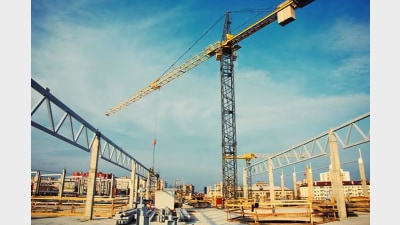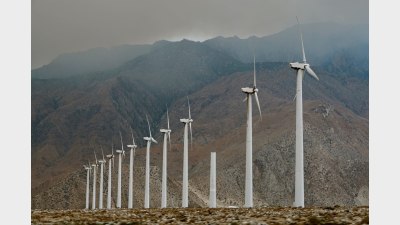Infrastructure deficit a mirage, says Grattan Institute


The nation's infrastructure deficit may be an engineering mirage rather than an economic reality, Grattan Institute chief executive John Daley told an Association of Superannuation Funds of Australia (ASFA) luncheon.
"The only published evidence that we have been able to find of a large infrastructure deficit appears to be a long wish list of projects written by engineering and construction firms," he said.
Infrastructure Australia (IA) had not identified a series of viable projects, Daley said. It had added $15 billion to its infrastructure pipeline for the last three years — with $10 billion to be funded by IA. The remaining projects were either not viable — a fact known to IA, Daley said — or were ready to proceed with government funding.
"If you just look at road and railway spending by Australian governments over the last four or five years, you can see it is a higher percentage of GDP... than in any stage since the Australian Bureau of Statistics started to collect records in 1987," he said.
"It's not obvious to me that that five-year surge in infrastructure spending has led to the same surge in productivity — in fact quite possibly the reverse."
Of the projects to which IA gave the green light, the cost-benefit ratio was about 1.5, according to Daley. He said infrastructure projects only boosted productivity if they were in the right place at the right price, but became less profitable as a proportion of outlay and less productive as core infrastructure was completed in cities.
"Before we spend too much time arguing about whether super funds are under-investing in infrastructure, I would suggest that the onus of proof is on those who claim it to prove that there are in fact a whole series of projects waiting to be funded," he said.
A recent white paper from Industry Super Network (ISN) claimed infrastructure investment by super funds could increase productivity and lead to higher economic growth and real wages — and with market reforms could increase GDP by 2 per cent.
It said the infrastructure deficit had been estimated at $770 billion, with industry super funds planning to invest $5-15 billion in infrastructure projects over the next five years.
ISN said that if the rest of the super industry invested to the same extent, infrastructure investment could reach $100 billion.
Recommended for you
The property group, owned by industry super fund Aware Super, has announced two new projects with a total construction value of $320 million that will add more than 700 homes to Melbourne’s rental market.
While institutional investors, including super funds, unanimously acknowledge the energy transition as a significant challenge, their perspectives on the extent of their involvement in addressing the substantial capital requirements vary widely.
Despite a period of increased volatility, several considerations suggest that the bull market will remain intact and the trend in shares will remain up, an economist has suggested.
HESTA has slammed Woodside’s climate transition action plan, pointing to “significant” gaps.













Add new comment